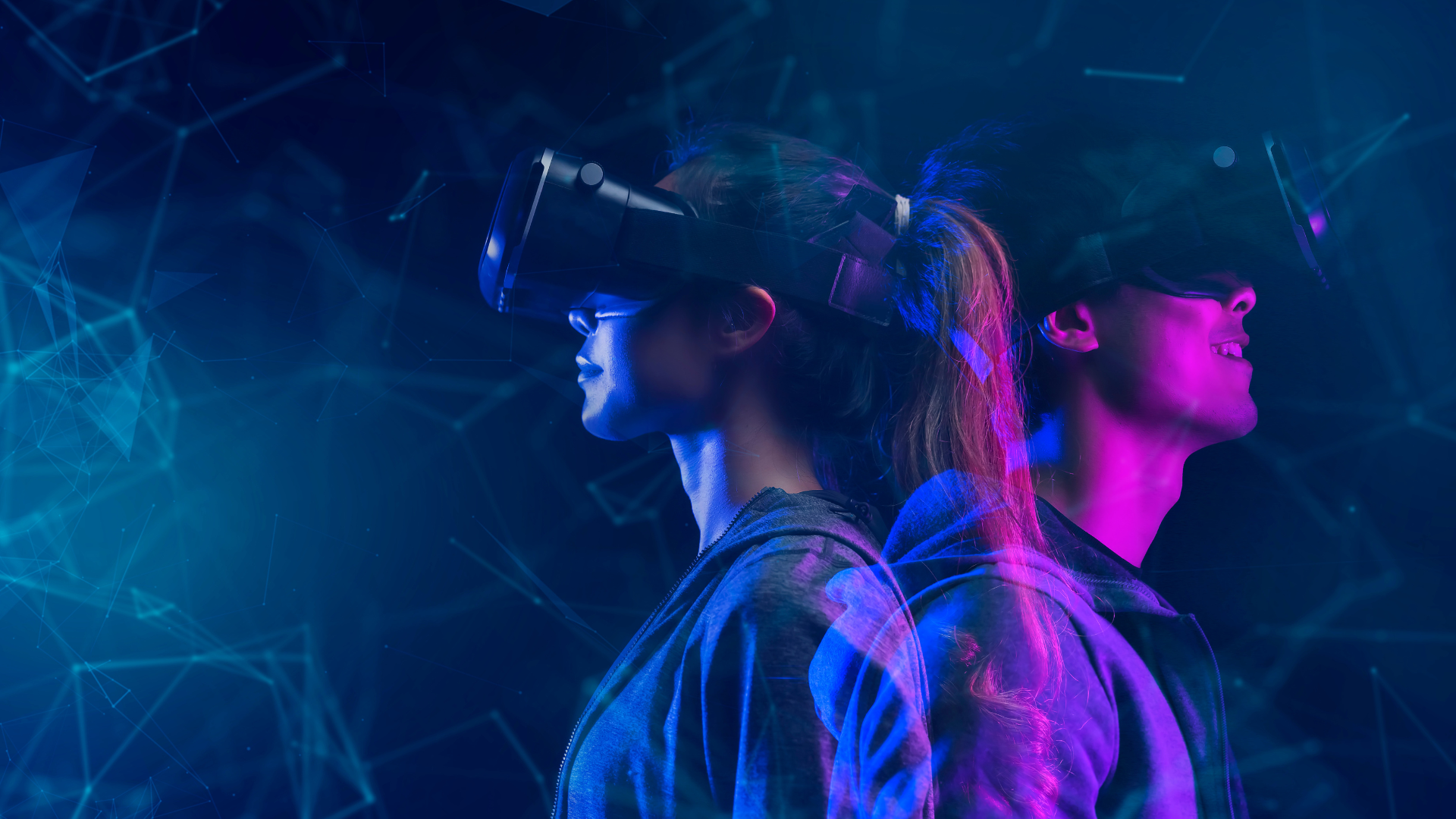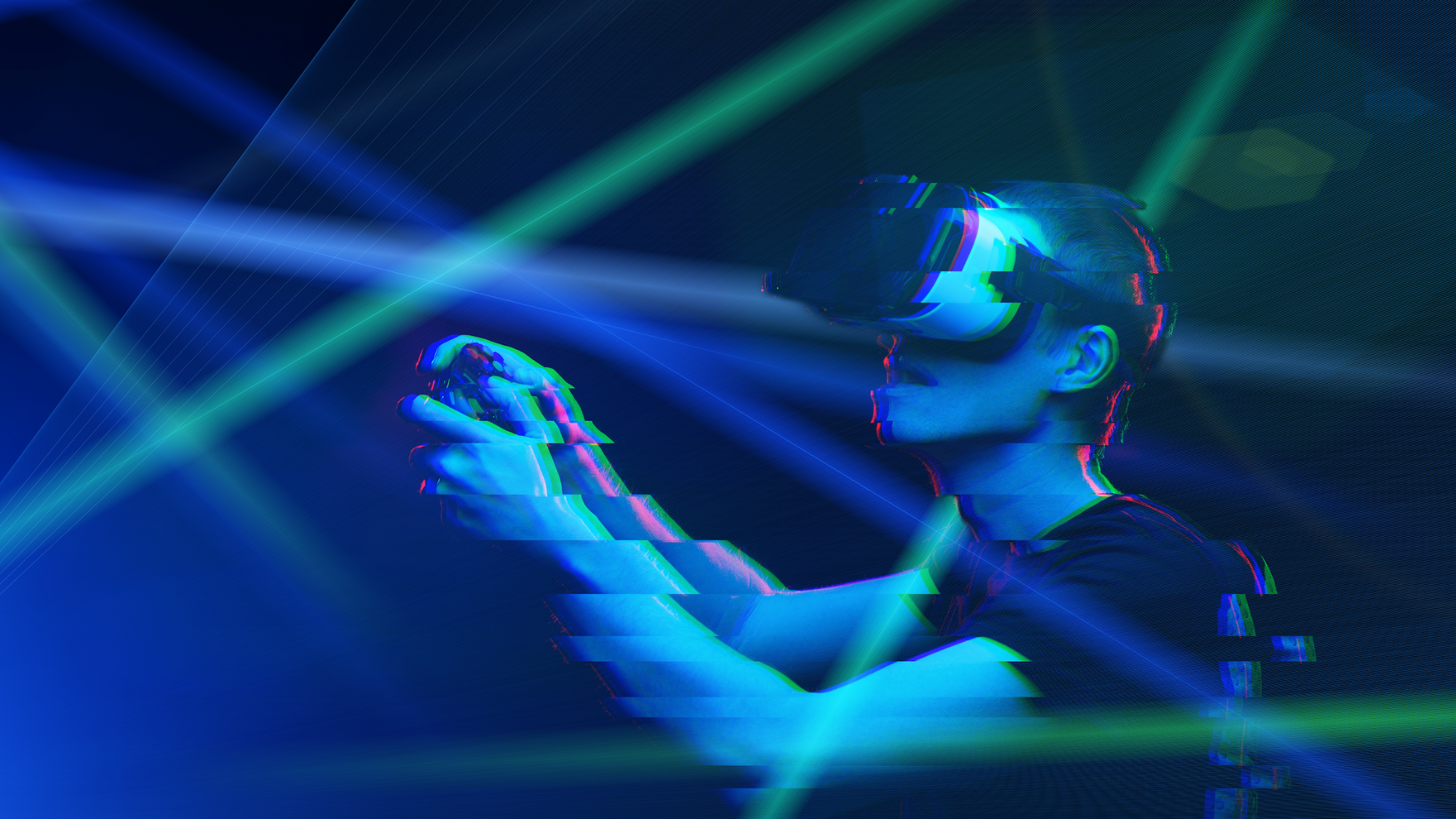In continuation of my blog series on Evaluating Immersive Technologies, today I present a look at the limitations of 360 Video. If you have not yet read my previous posts, check them out here:
- A Beginner’s Guide to the Immersive World
- Part 1: Limitations of Virtual Reality
- Part 2: Limitations of Augmented Reality
- Part 3: Limitations of Mixed Reality
- Part 4: Limitations of Holography
- Part 5: Limitations of Volumetric Displays
What is 360 Video?
360 video offers a full 360-degree view of a scene, providing users with a highly immersive experience. However, the quality of 360 videos can be limited by low resolution and lack of interactivity. Despite these limitations, 360 videos are commonly used in applications such as virtual tours, marketing, and education.
360 video is a type of video that allows the viewer to look in any direction, giving the impression of being present in the scene. In the same way that GoPro cameras allow individuals to create personal videos in 360, professionally produced 360 video is typically recorded using a specialized (and higher quality) camera rig that captures a full 360-degree view. However, 360 video is limited in terms of interactivity and can be expensive to produce.
Is 360 Video the Same as VR?
360 video is known by many names, including spherical video, immersive video, surround video, and VR video. Despite the common name, 360 video is not the same as virtual reality. Where virtual reality allows users interaction with items and their surroundings, 360 video only offers visuals. Post-processing transforms 360 video into interactive virtual reality. Additionally, viewers can utilize VR HMDs to view 360 video for a more immersive experience, or may choose to do so from desktop or mobile devices.
Benefits & Uses for 360 Video
Because of the immersive nature of 360 video, this technology allows viewers to look around in a virtual environment as if they were actually there. This type of immersive technology can be a significant tool in several use cases, industries, and lines of work for optimal experiences. Here are some examples of good use cases for immersive video:
Virtual Tours: 360 videos can provide virtual tours of real-world locations, such as museums, hotels, and real estate properties. This technology allows users to explore these locations from the comfort of their own homes, giving them a sense of what it’s like to be there in person.
For example, tourism can benefit from 360 video to help showcase tourist destinations. National Geographic has published a series of videos on YouTube that allow viewers to experience the world without leaving their home. To navigate and explore, users just need to press play and drag the video to position.
Education and Training: 360 videos can be used to provide immersive educational experiences, such as virtual field trips, simulations, and training programs. For example, healthcare professionals can use 360 video to simulate medical procedures, allowing students to practice in a safe and controlled environment.
Events and Entertainment: 360 videos can be used to capture live events, such as concerts and sporting events, allowing viewers to feel like they are part of the action. Additionally, filmmakers can use immersive video to create immersive movies and documentaries that transport viewers to different locations and experiences.
Marketing and Advertising: 360 videos can be used as a marketing tool to showcase products or services. For example, a travel company could create a 360 video of a popular destination, allowing potential customers to experience the location before booking their trip.
Limitations of 360 Video
- Depth Perception: One limitation is the lack of depth perception in 360-degree video, which can make it difficult for viewers to understand the spatial relationships between objects in the scene. This can be particularly problematic in applications such as product demonstrations or virtual training, where spatial awareness is critical.
- Motion Sickness: Another limitation of 360-degree video is the potential for motion sickness or discomfort for some viewers. This can be caused by the rapid movements of the camera, especially when the camera is moved quickly or abruptly.
- Resolution & Compression: Additionally, the quality of the immersive video can be limited by low resolution and compression artifacts. This can lead to a loss of detail and clarity, making it difficult for viewers to fully immerse themselves in the scene.
- Connectivity: Immersive video can also be limited by its reliance on a stable internet connection for streaming. Any disruptions or buffering can break the immersion and cause frustration for the viewer.
- Limited Interactivity: 360 videos are limited in their interactivity, which can reduce the sense of agency and immersion.
- Cognitive Load: The immersive nature of 360 videos can be mentally demanding, as users may need to process a large amount of visual information from all directions. The need to actively explore the environment to find important information can also add to cognitive workload.
- Cost-Prohibitive: 360 video pilot programs can be expensive to create due to specialized equipment, editors, actors, and other associated costs with video shoots.
Industry Considerations for 360 Video Technology
Object Interactivity: 360-degree video may not be the best choice for applications where high interactivity is required, such as training or gaming, as it is limited in terms of interactivity.
Resolution: 360 videos may not be suitable for applications that require high visual fidelity or detail due to the limitations of resolution. For example, 360 video may not be the best choice for detailed product demonstrations or scientific visualizations.
Accessibility: Whereas 2D video provides the same experience for all viewers, spherical video allows unique experiences and the ability to select a focal point (or several) throughout the video. This may prove challenging for individuals with disabilities, including providing subtitles for dynamic scenes.
Questions to Ask Before Investing in 360 Video
Before investing in 360 video technology, organizations should ask themselves the following questions:
- What are our goals for using 360 video technology?
- Who is our target audience for the 360 video content?
- How will 360 video technology improve or enhance our current offerings?
- What kind of resources will be required to produce and distribute 360 video content?
- How will we measure the success of our 360 video investment?
- What are the potential challenges or limitations of using 360 video technology in our organization?
- Are there any regulatory or legal considerations that we need to be aware of?
- How will we ensure the accessibility of our 360 video content to all users, including those with disabilities?
- How will we integrate 360 video technology into our existing workflows and systems?
- What is the expected return on investment (ROI) for our 360 video investment, and how will we measure it?
Is 360 Video in Your Company’s Future?
When implementing any of these technologies, it’s important to always include a human factors engineer with expertise in cognitive analysis and ergonomics of the technology being implemented. Contact us to learn more about our volumetric display enterprise solutions and how the future of technology can create measurable results in your team’s performance.
Stay tuned for the next post where I will explore the limitations of olfactory (scent) generators and follow me on LinkedIn.





